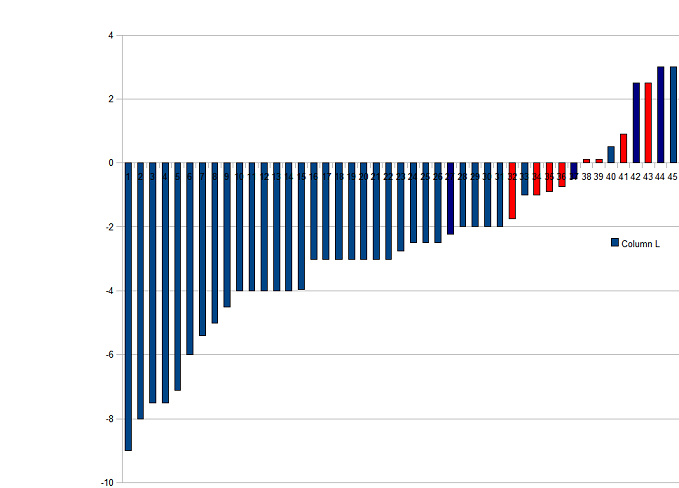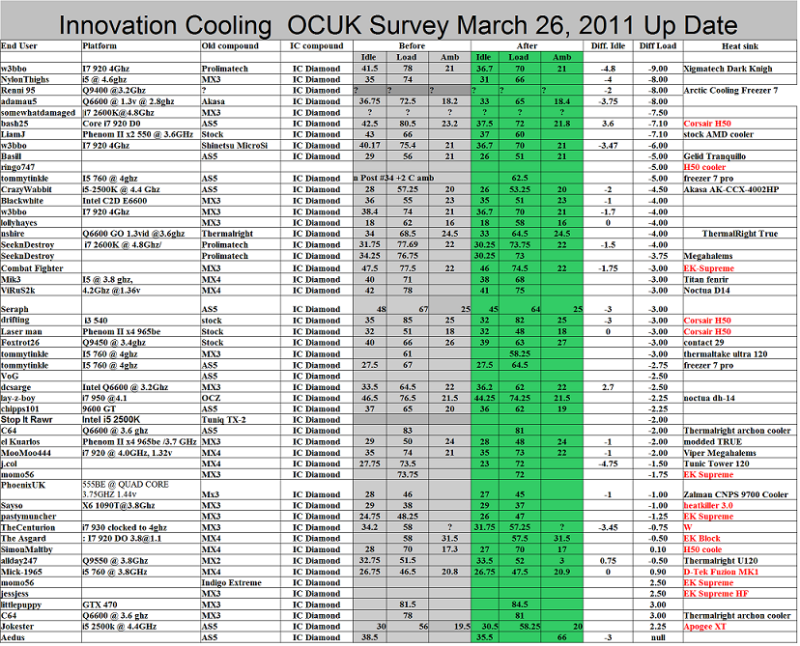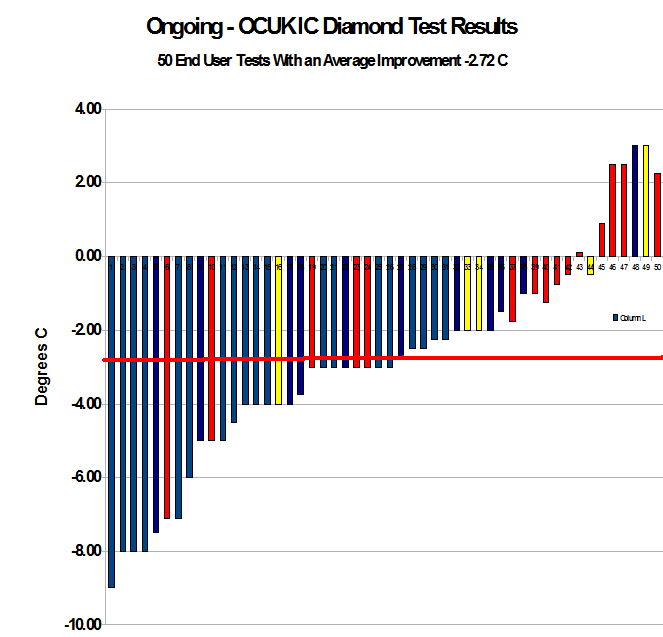Hardware: I7 920 DO
[email protected], XSPC RS360 Rad+Vipers, EK Supreme HF CU, EK 5870 FC Block, D4 Vario on Min, 1/22 pipe, 800D.
All tests with full fans also made sure temps started around 30-33'c
LinX Load Testing 15K Problem size, 20 runs ( 18 Mins )
Tested 4 TIMS Noctua NT H1, MX4, Perihelion, IC24
Noctua NT H1 - FAIL
LinX produced GFLOP ranges from 35 - 48. This I believe was caused by Thermal Throttling. Everything appeared to be OK after removing the block and I had been using the system for about 4 months.
Perihelion
Peak Load - After 24 Hours
64,60,61,55
Peak Load - After 48 Hours
64,59,61,55
Retested these temps are more like it!
MX4
Peak Load - After 24 Hours
63,59,61,54
Peak Load - After 48 Hours
62,58,59,53
Really like MX4, very easy to spread. Good even spread after removing the block.
IC24
Peak Load - After 24 Hours
62,58,60,54
Peak Load - After 48 Hours
61,57,59,53
In my system IC24 performs very similar to MX4 with IC24 having a slight edge. Perihelion now looks good after re testing. To me all the compounds are performing around the same. +- 2'c is pretty good.
End of the day I think care applying and mounting is key. If you get it wrong it doesn't matter how good the paste is.
Performance over time. I suspect the IC stuff will have the edge here.
Many thanks for allowing me to take part in the testing. I know it's a marketing excerise but it was still interesting if a tad time consuming.
All the best with a great product.








 .
. .
.